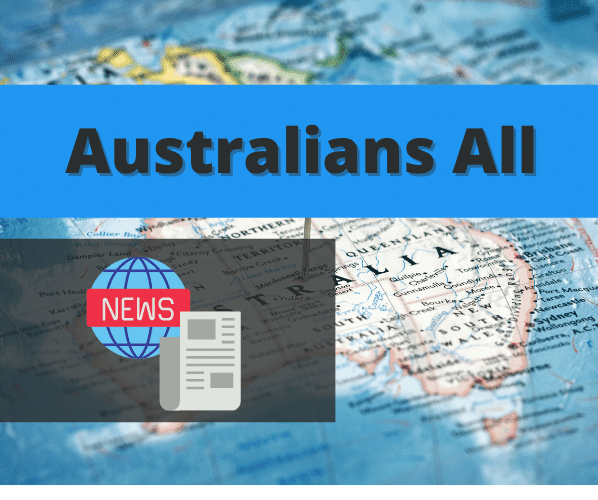Disclaimer: This content is provided for educational and entertainment purposes only and does not constitute professional advice. We do not guarantee the accuracy or completeness of any information presented. We are not liable for any actions taken based on this content. For specific issues or decisions, we recommend seeking professional advice.
As a wave of omicron variant outbreaks continues, New South Wales, Australia’s most populated nation, has recorded the most COVID-19 deaths in one year since the outbreak began. The situation in Western Australia, on the other hand, is rather distinct COVID-19 has claimed the lives of 29 people in New South Wales, according to health officials. It’s the bloodiest day in the state since the increasing levels of the virus.
Data and reports:
According to government data, there are more than 300k+ current coronavirus cases in New South Wales, in which many malady restrictions have been relaxed and far more than 90% of the total electorate has been properly vaccinated. Also, an eligible population has been properly vaccinated, according to government data. There are just over 100 current cases in Western Australia, where the state government has enforced some of Australia’s tightest domestic border controls.
Without official approval, visitors from so-called “moderate, high, or severe risk areas” are not permitted to enter Western Australia. Those who are permitted entry must adhere to stringent quarantine guidelines. Western Australia has a workforce of around 2.6 million people, and rigorous COVID-19 border controls are prevalent there.
Last year, state Premier Mark McGowan won a landslide election victory that observers attributed to his coronavirus campaign. Starting January 31, West Australians will need to produce proof of COVID-19 immunization to enter pubs, cafés, and restaurants, as well as visit hospitals. Strict standards, according to McGowan, are required.
Vaccination/booster rates and other information:
According to the Canberra Press Conference, in the next 48 hours, Australia is anticipated to break the 50 million dose threshold, which means that Australians have been stepping forward at a pace of about 7 million per month in January, far more than projected. It’s a true testament to everyone involved.
If suitable, Australia’s population will increase from 11.5 million to 15.7 million people. And in terms of boosters, we’ve already got 7.76 million folks who have received their boosters. That’s 67.5 percent of the currently eligible population, and it’s already 49.5 percent when you look at the extended total electorate as of today, three months after people have received their second doses.
Hospitalization and other news:
Another crucial point is that the number of cases, hospitalizations, and ICU admissions have all decreased. When we look at the last ten days, according to the Canberra press conference, we see a decrease of 487 hospitalizations for people with COVID across the country, a decrease of 50 people with COVID in ICU (to 367 as of yesterday; today’s numbers will be updated), and a decrease of 12 people who are ventilated (to 133). And it’s all fully within the system’s capabilities.
The workforce has been a struggle in Australia, but the outcomes have been far below even the best-case forecasts that we saw back in early December and mid-December, and this has been seen across the states as well as at the national level.
Economy:
The Omicron increase in Australia is causing workforce shortages, which have disrupted supply lines and slowed the economy’s recovery.
Businesses in Australia are coping with the rising number of employees who are sick or have been ordered to be isolated due to close connections. Customers are fleeing the airline, entertainment, and hospitality industries, which have already been hit by many lockdowns in the last two years.
Labor shortages and apprehension about going out in public places have restricted household spending, according to Australia and New Zealand Banking Group, with expenditure in early January matching lockdown circumstances in Australia’s two main cities, Sydney and Melbourne.
The economy had been recovering fairly well before the Omicron pandemic occurred during the Christmas season. As coronavirus lockdowns were lifted in November, employment increased significantly more quickly than projected, and retail sales increased for the second month in a row. Thus again after Omicron hit, the economy is at the sloping point.
Australia is experiencing a surge as a result of the Omicron Variant:
The situation in Australia following the third wave of the Omicron Variant is again falling down tremendously as compared to other waves. It is mandatory for people to have complete doses of vaccinations as mandated by the Australian Government because of the impact of Omicron. You can find blogs and articles here that will help you learn about everything from Australian currency to COVID updates.
Damini Patel
Latest posts by Damini Patel (see all)
- Crypto and Bitcoin in Australia – What you need to know - February 2, 2022
- Omicron situation in Australia, Jan 2022 - January 25, 2022


